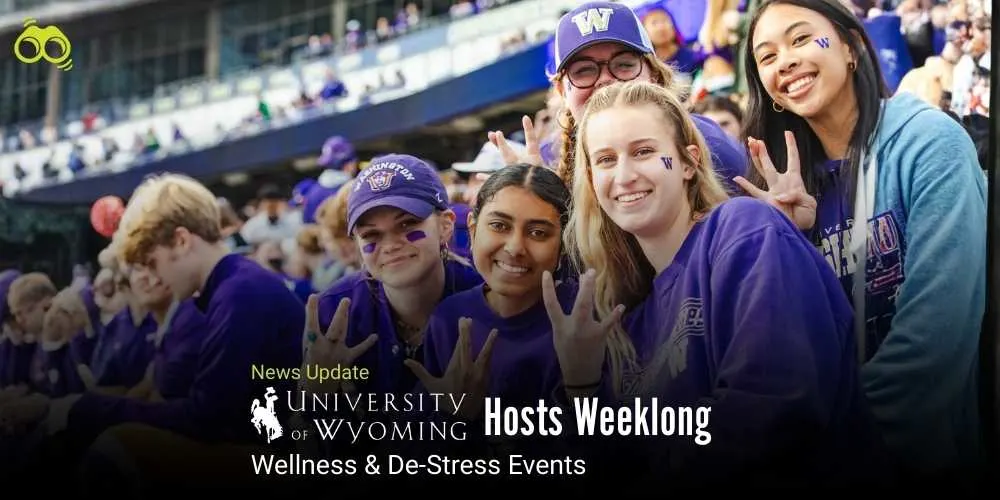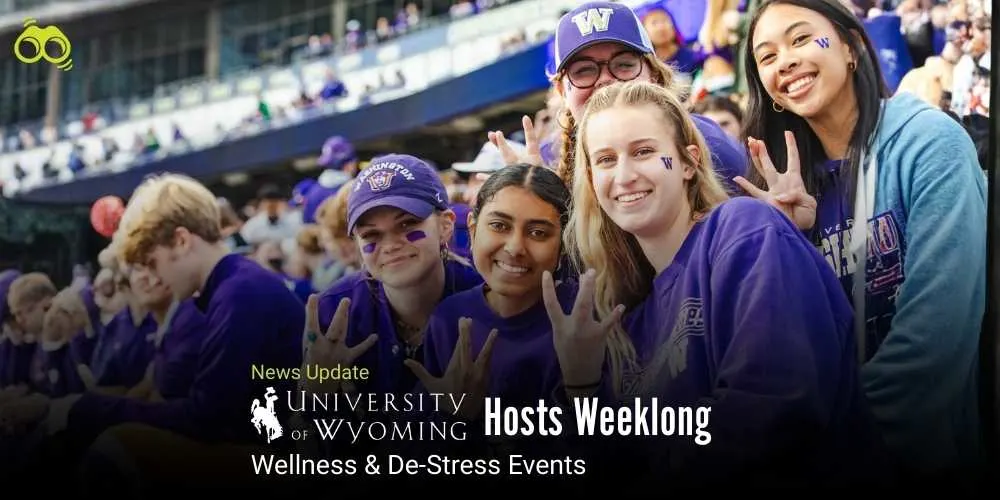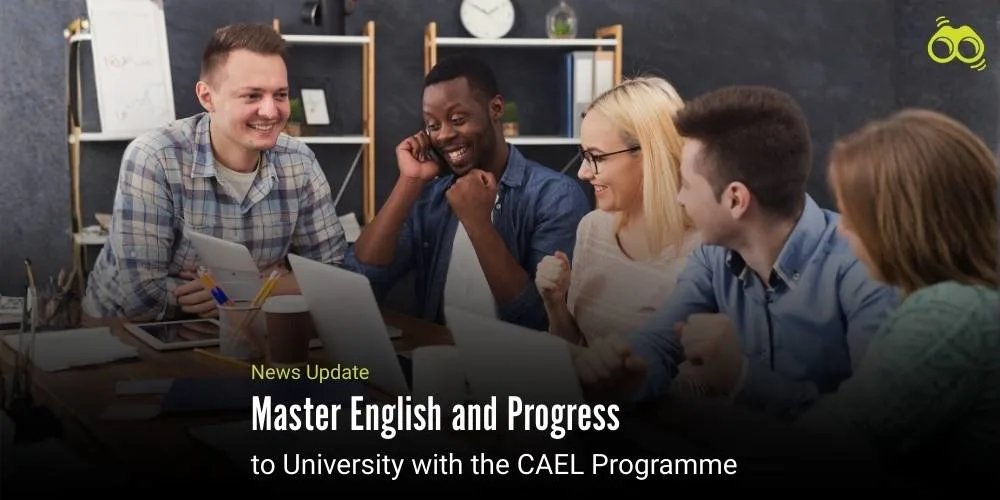Public universities in America struggle with enrollment decline and rising costs
US universities' funding cuts: over 850 jobs lost in one month
The landscape of higher education in the United States is entering one of its most turbulent periods in recent memory. Education news today reported colleges across the country shedding staff at an alarming rate, with over 850 laid off in one month alone. The analysts stated that private and public universities in America are now caught in a tightening grip of falling enrolments, rising operating costs, and diminishing federal research support.
Perhaps most strikingly, even America's richest universities have not been spared; Harvard and the University of Southern California (USC) are presently grappling with financial issues. The implication is clear: funding cuts and structural deficits have become, and are likely to be, the most formidable forces reshaping the very fundamentals of the US education system, thereby signalling that no institution, however wealthy, can escape the approaching storm.
At USC, the commentators observed, there was a shortfall of over $230 million. Local news reports noted that 259 jobs were lost in October alone, bringing the total to over 900 since July, many of which were in its health system. Interim President Beong-Soo Kim said, "No further layoffs were planned," while stating that the university would continue its careful financial management. Michigan State University was called out after it had announced the cutting of 99 positions in October. Earlier in the year, 83 positions were cut on account of lost federal funding. President Kevin Guskiewicz said that the Trump administration had terminated help for dozens of projects and that the university aimed to cut costs by $50 million a year, which equals 6 per cent of their budget.
Carnegie Mellon University was also not without its troubles. According to a report from the Pittsburgh Post-Gazette, 75 employees from the Software Engineering Institute were laid off, accounting for nearly 10 per cent of its total workforce. The Vice President for Research, Theresa Mayer, termed the action a last resort, given the federal funding dependence of the institute and the shifts in its research priorities. On the other hand, the University of Northern Colorado announced layoffs affecting nearly 50 employees. The management stated that the action was necessary to calibrate with declining state support and collapsed enrollment. Reports out of Louisiana stated that the University of Louisiana at Lafayette faced a $25 million deficit. Interim President Jaimie Hebert has directly stated that 70 positions will be cut via retirements and resignations, as well as eliminations, with more cuts yet to come in order to address the still-growing deficit.
It was reported that Eastern Illinois University was laying off perhaps 44 employees and terminating 19 positions. The administrators cited reduced federal funding and the decreased number of international students as justifying what was otherwise an inevitable decision. Xavier University of Louisiana, the only historically Black Catholic university in the country, also announced layoffs of 46 full-time staff, or about 6 per cent of its workforce. The leaders termed these reductions a part of an overarching restructuring effort geared toward strengthening financial health and sustaining support for students.
Even the elite were somewhat unfavourable. Harvard University, according to the Boston Globe, laid off some 40 persons from its engineering school, with an endowment having increased from $52 billion to almost $57 billion. Officials attributed the layoff decision to diminished federal research grant funding and possibly brand-new taxation on the endowment. Meanwhile, Clarke University in Iowa made headlines for announcing the elimination of 13 academic programmes and upwards of 37 jobs. Curbed recruitment and budget deficit were cited as the key reasons, with the affected subjects including English, philosophy, and religious studies, to name a few.
In Idaho, state budget cuts similarly affected the University of Idaho, which terminated 28 jobs, which formed part of the $3.1 million in personnel reduction. Other state institutions felt the pressure, too; those cuts varied from $250,000 at the College of Eastern Idaho to $4 million at Boise State University.
This picture painted a very ominous state for public universities in the United States in aggregate. The commentators stressed that financial pressures in higher education in America were not the exclusive concern for small or underfunded colleges. Even those well-endowed universities in America were victimised by the federal funding cuts and structural deficits. They are pressing hard on programme closures and staff layoffs to reconsider the long-standing financial models perceived to run those institutions.
Looking forward, it was said, the focus was shifting to sustainability and reform in higher education. Analysts opined that universities needed to respond quickly so that they could ensure both financial viability and continuity of education. A further complication to the dilemma was that international students were being affected by cuts to US education. The broader message was clear: news about the US education system continues to highlight a transitioning sector, in which university financial support and strategic realignment will ultimately define the future of higher education in America.
Editor’s Note:
Universities in the United States are entering a period of serious financial strain. Recent reports in education news today have shown that both private and public universities in America are struggling to balance their budgets. Falling student enrolments, rising costs, and reduced federal research support are combining to create a difficult environment. Even the top universities in America, such as Harvard and USC, are finding that their large endowments cannot fully protect them from these pressures. The current state of public universities in the US highlights how widespread and urgent these challenges have become, signalling that higher education in America is facing a turning point. Another important point is that fewer international students are coming to study. This also reduces income and makes budgets tighter. The financial health of universities in America is closely linked to how many students travel from other countries to study there. To deal with these challenges, universities will need to be more sustainable. This means planning their finances carefully, finding new sources of income, and working more closely with government and industry partners. They should also review their academic programmes to make sure they are useful and affordable. At the same time, they must continue to invest in student support and research, because these are central to the mission of higher education.
Skoobuzz emphasises the critical need for universities to take swift and decisive action to safeguard both their financial health and the continuation of educational services, despite current financial challenges. The resilience of the US education system in the coming years will depend on transparent planning, resolute decision-making, and a strong commitment to reform.
FAQs
Q1. Why are universities in the United States cutting jobs?
Analysts explained that the main reasons include falling student enrolments, rising operating costs, reduced federal research support, and, in some cases, cuts to state funding. These pressures have created structural deficits across both private and public universities in America.
Q2. Which US universities are facing budget cuts in 2025?
Reports highlighted several institutions: USC, Michigan State University, Carnegie Mellon University, University of Northern Colorado, University of Louisiana Lafayette, Eastern Illinois University, Xavier University of Louisiana, Harvard University, Clarke University, and the University of Idaho.
Q3. How are funding cuts affecting higher education in America?
Funding cuts have led to staff layoffs, programme closures, and reduced research activity. Universities are being forced to reconsider long‑standing financial models, with even elite institutions like Harvard and USC affected.
Q4. What is the current state of public universities in the US?
Public universities in America are under significant strain. State budget reductions have triggered job losses at institutions such as the University of Idaho and Boise State University. Leaders have stressed that financial pressures are widespread and not limited to smaller colleges.
Q5. How are international students impacted by US education cuts?
Eastern Illinois University cited declining international student numbers as a factor in its layoffs. Reduced enrolments from abroad add to financial strain, showing how global student mobility directly affects the financial health of US universities.
Q6. What are the top universities in America struggling financially?
Even well‑endowed universities such as Harvard and USC have announced layoffs. Harvard reported cuts at its engineering school despite an endowment of nearly $57 billion, while USC faced a $230 million shortfall and over 900 job losses since July.
Q7. What should universities do to handle these financial challenges?
Experts suggested that institutions must adopt sustainable strategies, including diversifying income streams, strengthening partnerships with government and industry, reviewing programme portfolios, and maintaining transparency in financial planning.
Q8. What does this mean for the future of higher education in the United States?
The broader message is that the US education system is in transition. Universities will need to focus on sustainability, reforms, and strategic realignment to ensure both financial stability and educational continuity.














0 Comments (Please Login To Continue)